| Back to Back Issues Page |
 |
|
Bangkok Travelbug March 2016 Suphanburi National Museum Suphanburi February 29, 2016 |
| Hello
Early History The area that is Suphanburi today had various names in the past, U Thong, Suphannaphum, all meaning Golden Land, an indication of the fertility of an area well drained by rivers. It’s an advantage that’s still enjoyed today. Let’s trace the history of this region. Pre-historic But life in this region goes much further back than the 1st millennium. There is evidence of human existence since the Neolithic period 3,500 ago in the archaeological site in Nong Ratchawat, Nong Ya Sai district Suphanburi, which is similar to the Ban Kao settlement in Kanchanaburi. 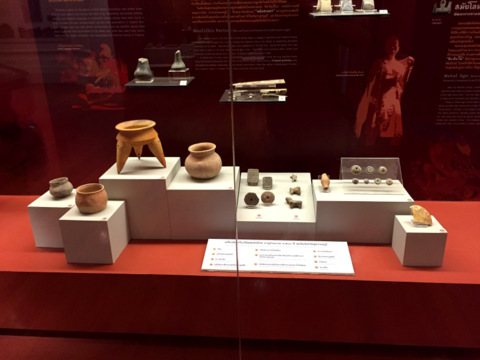
Stone Age pottery and tools, note the three-legged pot of that era For more, please see Neolithic Man in Kanchanaburi Later in the Metal Age 2,000 years ago, trade flourished with China, India and Persia. The Indian Chronicles recorded the existence of a Golden Land, Suvarnabhumi where there was fertility and profitable trade. Suphanburi was at the centre of this Golden Land. Dvaravati The ancient city of U Thong in Suphanburi started from a pre-historic community in the Neolithic Age and flourished in the 6th – 7th C as one of the centres of Dvaravati, a Buddhist civilization. This civilisation extended to large parts of the Central Plains of Thailand, north to Chiang Mai, Laos and north-east to the Korat plateau The impact of this civilization on the region is evident from the religion, Buddhism, Buddhist art, architecture, statues, tablets and other monuments. Khmer Empire The Khmer Empire which emerged in the 9th C and reached the peak of its glory in the 12th – 13th C soon overshadowed the Dvaravati influence. Suphanburi like Lopburi became a fringe province of the Khmer kingdom and Khmer culture became the dominant influence on art and architecture. At Noen Thang Phra, the remains of a huge ancient monument with many sculptures are very likely to be a prasart of Khmer sanctuary. Sukhothai/Ayutthaya In the 13th C, a new city kingdom Sukhothai asserted its influence in the region. This was the era of the city kingdoms that spread their power and influence far beyond their city walls. A century later, Suphanburi or Suphannaphum, as it was known then, became a powerful principality which dominated the western Chao Phraya basin. 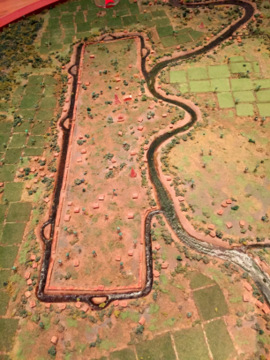
The old city with moat and walls on the west bank of the Ta Chin City kingdoms of that period like Sukhothai and later Ayutthaya held power through personal loyalties. This was achieved through intermarriage between the ruling families. The throne of Ayutthaya alternated between the ruling houses of Suphannaphum and Lopburi. The Suphannaphum ruling family provided 13 kings of Ayutthaya from 1370 – 1568 over a period of 198 years. These bonds between city kingdoms formed the basis of a united kingdom for the future. It was in the Ayutthaya Chronicles written in 1680 that the name Suphanburi first appeared. Rattanakosin (Bangkok) In 1892 during the reign of King Rama V, the old city of Suphanburi moved to the east bank of the Ta Chin River and became part of Nakhon Chaisri Precinct. This was the start of the modern city today. Suphanburi only acquired the status of a province in 1913. 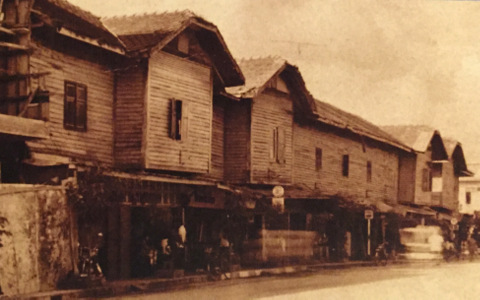
Old buildings in the town centre Contents Don Chedi Monument The next section in the Suphanburi National Museum covers a significant battle in the constant wars between Ayutthaya and Burma during the 16th C. In the mid-1500s Burma launched numerous offensives from the north to subdue the northern cities in old Siam. The Siamese torn by internal conflict were defeated in a series of battles and in 1569, Burma captured Ayutthaya. The city was sacked, prisoners were taken as hostages and Ayutthaya became a vassal state under King Maha Thammaracha, a weak ruler. It was his son, the young Prince Naresuan, who defied the Burmese and beat off their punitive expeditions. When King Naresuan ascended the throne of Ayutthaya after his father’s death in 1590, the stage was set for a massive showdown between Siam and Burma. Burma sent a huge army through Kanchanaburi to attack Ayutthaya from the west. The two armies met at Nong Sarai, 23 km northwest of Suphanburi on 18 January 1593 during which King Naresuan challenged the Burmese Crown Prince Phra Maha Upparacha to a royal duel mounted on elephants and killed him. With the loss of their leader the Burmese army retreated in disarray and suffered heavy losses from Siamese attacks. That famous Battle of Nong Sarai is immortalized in the Don Chedi Monument in Suphanburi. 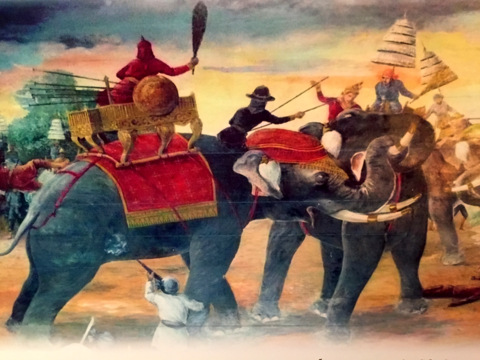
Battle of Nong Sarai This victory merely provided a reprieve for Ayutthaya, two centuries later it was completely destroyed by Burma. 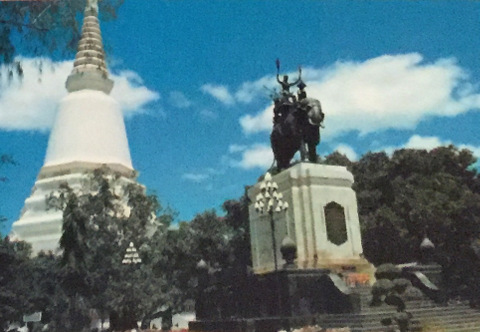
Don Chedi Monument Contents People of Suphanburi As an outpost of Ayutthaya, Suphanburi accepted many migrants from the neighbouring areas fleeing wars in their areas. The result is a rich ethnic and cultural diversity in the province today. Here are some of the various ethnic groups in Suphanburi.
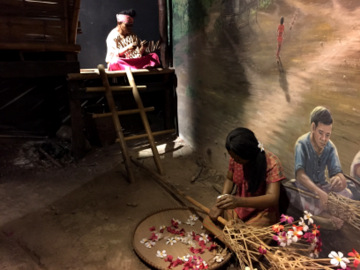
Karen Thai 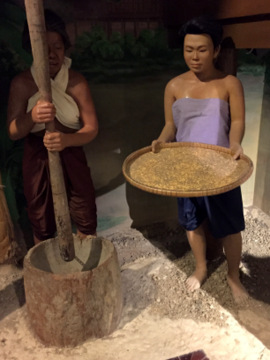
Lawa Thai 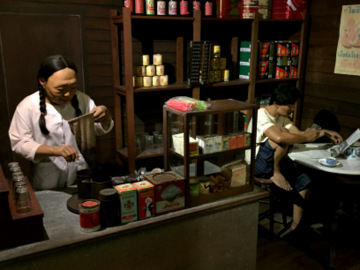
The traditional Chinese coffee shop 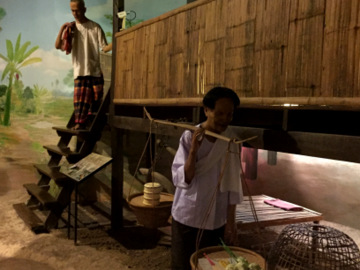
Thai Puan 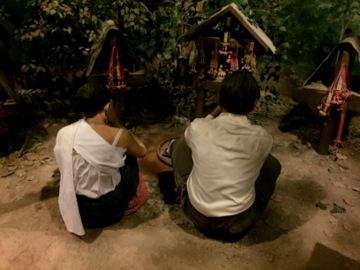
Lao Krang worshipping at the Ancestral Spirit Shrine 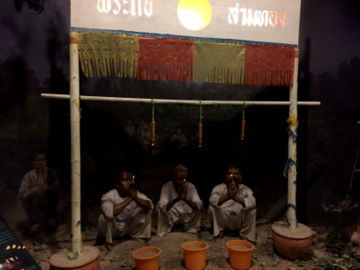
Cambodian Thai Contents Religious Art Given the long history of the region, there is wealth of religious artefacts from the Dvaravati and Khmer periods. Religious art covers architecture, Buddha images, paintings, tablets and other decorative art. Most of the artefacts found here were discovered in Noen Thang Phra Ancient Monument, Sam Chuk district, Suphanburi. These are relics from the 12th – 13th C Khmer period. 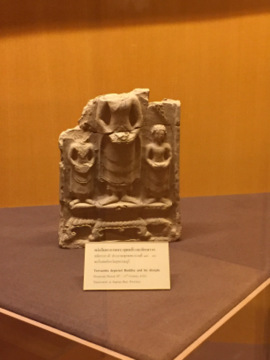
Terracotta of Buddha with disciples Dvaravati era 9th – 11th C 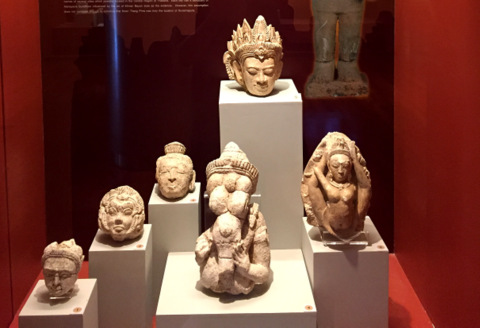
Stucco sculptures from Noen Thang Phra – Khmer era 12th – 13th C 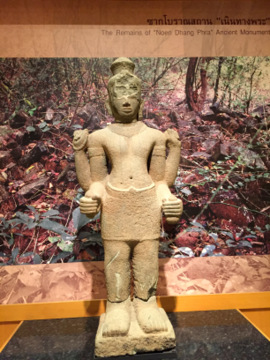
Bodihisattava Avalokitesvara* Noen Thang Phra - Lopburi era 13th C *Note Lord of Compassion, in Chinese culture depicted as Guan Yin the Goddess of Mercy Contents Ancient Kilns About 10 ancient kilns were discovered in Ban Bang Pun along a seven km stretch on the west bank of the Tha Chin River in the Muang (city) district of Suphanburi. The pottery here is similar to those in the old kilns discovered in Ban Ko Noi, Si Satchanalai, Sukhothai dated from 12th – 17th C. For more, please see Ancient Kilns in Ban Ko Noi, Si Satchanalai 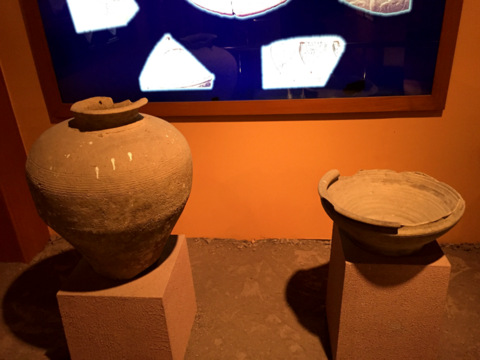
Some of the pots discovered 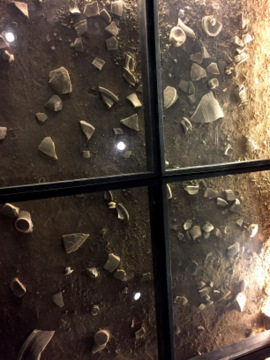
Fragments of pottery 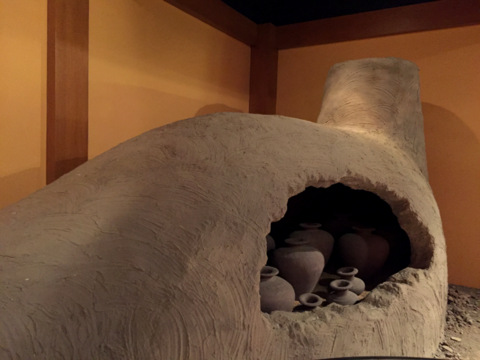
Mock-up of a kiln Contents Folk Music of Suphanburi This musical section in the Suphanburi National Museum is the most entertaining. Luk Thung (child of the field, luk – child, thung – field) refers to the rural folk who live in the countryside and work their land. It’s also the name of a popular form of folk music that has a distinct rhythm and mournful tones that express the hopes of the rural folk, their hardships both in the fields and when they work in the city. 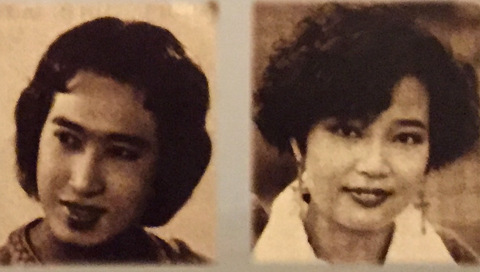
Phumpuang Duangchan – the Queen of Luk Thung (r) Sayan Sanya – another Luk Thung singer from Suphanburi (l) They want to make it good so that their families and communities can be proud of them like the young man who came to the city to make a living so that his mother can be proud of him. The Suphanburi National Museum has dedicated a separate room to preserve the memory of the Luk Thung legends from Suphanburi. Music sets and earphones are available for visitors who wish to listen to their favourite melodies and relive old memories. 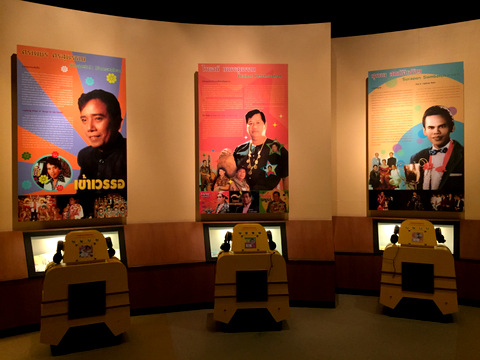
The music room 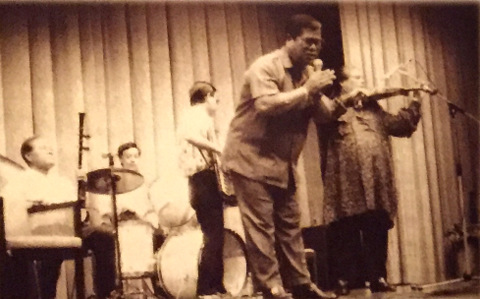
Waipot Petchsuphan The closest Western equivalent of Luk Thung would probably be Simon and Garfunkel’s great hit "The Boxer" about a young man, who came to the city to work, couldn’t find work and ended up as a boxer. That sad refrain, "I’m leaving, I’m leaving……" resonates here too. My neighbourhood food vendor in Bangkok once said the same thing to me, that when their children complete their studies they will leave the city and return to the comfort of their farm, never to return to the city again. Contents Suphanburi today With an abundance of water from the rivers that drain the province, agriculture is still the mainstay of the economy in the form of rice and fruit cultivation and animal husbandry. The industrial and manufacturing sector consists of rice mills and the production of agricultural goods and machinery. 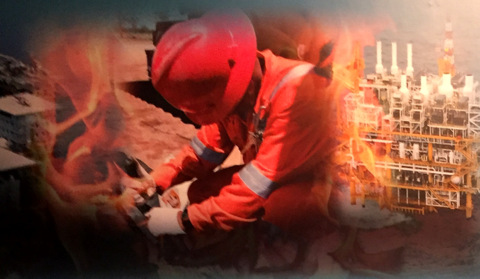
Oil deposits I was surprised to learn that there are crude oil deposits in Suphanburi, located in five areas from which the Thai Petroleum Company (PTT) produces approximately 500 barrels per day. One of these locations is U Thong, the seat of the early Dvaravati civilization in the region. Contents Map to the Suphanburi National Museum If the map doesn’t appear, click on this link How to get there By car From Bangkok take the following route: Borommaratchachonnani Road – Highway 9 – Highway 340 (Bang Bua Thong – Suphanburi Road) – Suphanburi city – Highway 340 (Suphanburi – Chai Nat Road) The museum is located opposite the Government Service Centre. Admission Thai 20 baht, foreigner 100 baht Free admission for School and university students in uniform Monks and novices Handicapped persons Senior citizens over 60 years of age Opening times Open from Wednesdays to Sundays and Public Holidays (except 31 December and Songkhran) from 0900 – 1600 hours Contact Information Address Suphanburi National Museum Suphanburi-Chainat Road Amphur Mueang Suphanburi Thailand 0 3553 5330, 0 3553 6100-1 Contents Next month Sam Chuk 100 year market, Suphanburi If you enjoyed reading this e-zine, please forward it to a friend. If you received this from a friend and found it interesting, please subscribe at Bangkok Travelbug. What do you think of the Bangkok Travelbug? We love to hear from you What other subscribers have said Till next month then. Eric Lim Tour Bangkok Legacies Find us on Facebook If you are an independent traveller, here's a handy e-guide book, Tour Bangkok Legacies, which will help you along as you explore the streets of Bangkok and discover its old treasures. It's complete with historical descriptions, maps and detailed directions on how to get to these places. My Kindle e-book 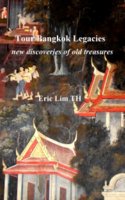
Copyright@2008-2016 Tour Bangkok Legacies All rights reserved |
| Back to Back Issues Page |